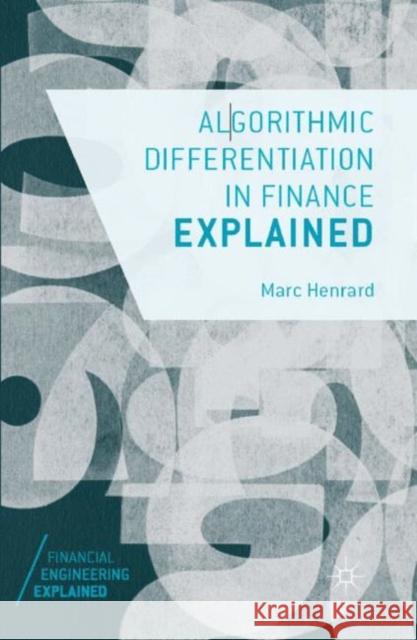topmenu
Wyniki wyszukiwania:
wyszukanych pozycji: 2
 |
Interest Rate Modelling in the Multi-Curve Framework: Foundations, Evolution, Transition, and Implementation
ISBN: 9783032026842 / Angielski / 29-01-2026 Książka dostępna od: 29-01-2026 |
|
Planowany termin premiery książki: 29-01-2026
Książkę można już zamówić z rabatem 5% |
|
361,94 |
 |
Algorithmic Differentiation in Finance Explained
ISBN: 9783319539782 / Angielski / Miękka / 2017 / 103 str. Termin realizacji zamówienia: ok. 22 dni roboczych (Dostawa w 2026 r.) |
cena:
132,50 |










